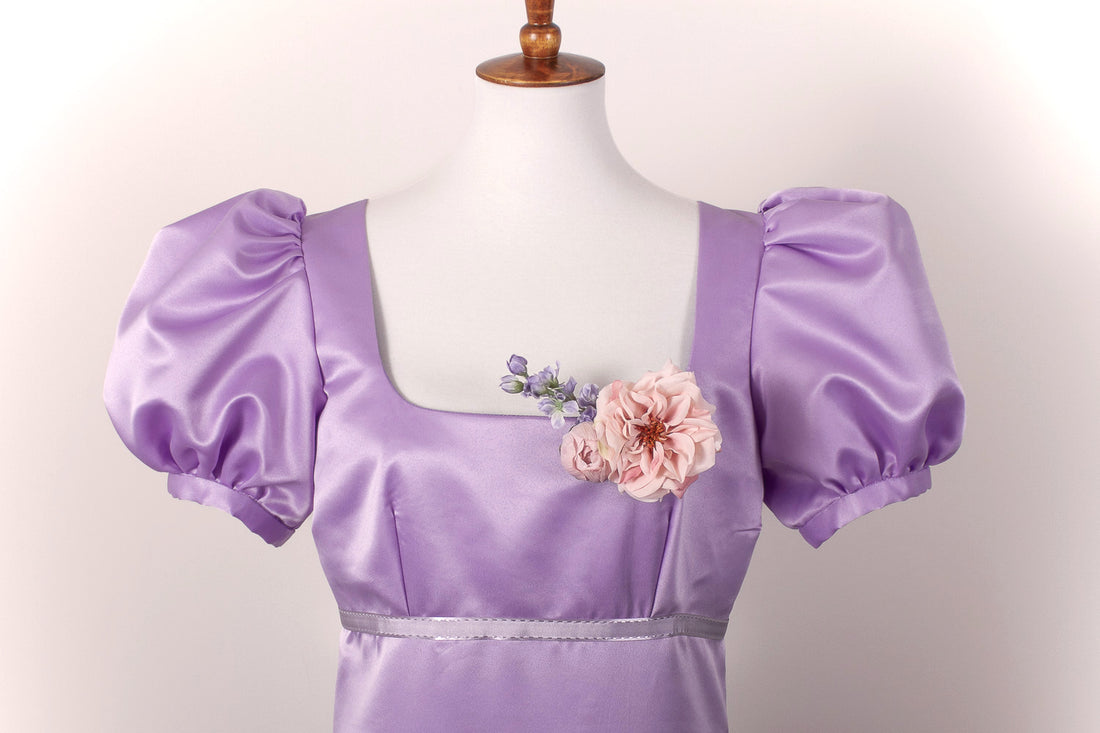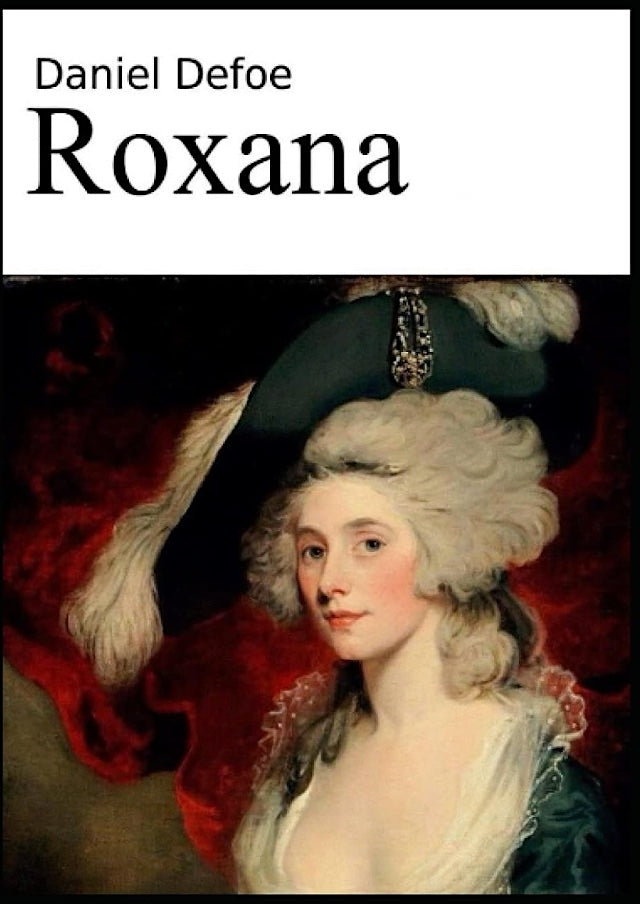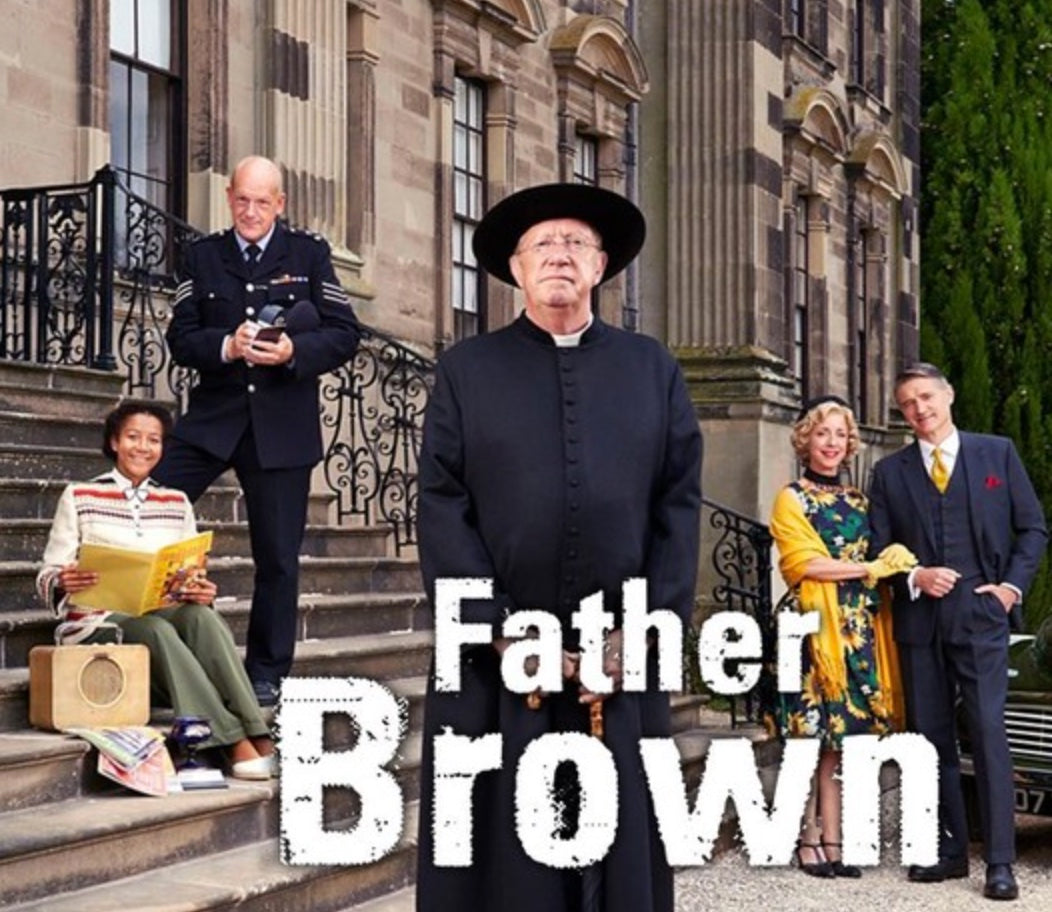For the last 12 years, I have been making vintage-inspired clothing, but recently I made the momentous decision (at least momentous to me) to branch out into historical clothing as well. Historical dresses have always been an obsession of mine, with years of research conducted on the minutest details of dresses from the medieval period until around 1870.
 French Regency evening gown, 1804-05
French Regency evening gown, 1804-05
The first dress I decided to make was a Regency evening gown, as it's always been my dream to make one since becoming enamoured with Jane Austen at the age of 13. I also decided it would be simpler and less daunting to start with a Regency dress, as opposed to launching into something like an 18th century robe a l'Anglaise, which I am also extremely excited to get started on very soon.
I just finished watching the most recent season of Sanditon, so I thought about making a Regency gown of the 1800-1810 period, however when I started researching the design, I saw that the bodice was often gathered with a lot of fabric, and felt that the more fitted bodice of the 1810-1820 period might be more flattering.  Fashion Plate "Dinner Dress", 1825
Fashion Plate "Dinner Dress", 1825
Regency Era Research
I had been introduced to this time period by watching Bridgerton, and at first I kind of scoffed at the designs in the show as inauthentic, but as I did research on this time period, I was surprised to find that they were mostly quite historically accurate. Well - maybe not bright orange fabrics that are clearly synthetic, but many of the design elements from the 1810s were mostly correct.
The Bodice - surprisingly fitted, with a wide squarish neckline and very low!
Sleeves - puffy and often embellished: All painted portraits from The Wallace Collection
All painted portraits from The Wallace Collection
Netting and lace overlays - very common, although always made with silk, not the obviously synthetic fabrics in the modern show. Regency Evening Gown 1815-1820
Regency Evening Gown 1815-1820
Waistband trim - usually some sort of very thin waistband or ribbon between the bodice and skirt:
I thought all of these were very pretty design features, so I decided to move ahead making an 1810s evening gown. The Cloakroom, Clifton Assembly Rooms by Rolinda Sharples, 1817
The Cloakroom, Clifton Assembly Rooms by Rolinda Sharples, 1817
Fabric and Colors
I really loved the idea of an embellished or embroidered net overskirt or overdress. I decided to hold back though and just construct the foundation dress first, and the netting or lace could be added later to create another design.
For the fabric, I had some lavender colored peau de soie, sourced from a US supplier that can be reordered. This is really important to me, as I want to be able to provide customers with the dress well into the future, instead of fabrics that are on the shelves for just a few weeks, never to be seen again. Peau de soie (also called matte satin) is a less shiny, heavier satin that feels very luxurious. The last thing I wanted for this dress was a thin, synthetic-feeling fabric.
I also had the fabric in a blue color on hand, in case anyone wanted to order the dress in light blue. In fact, the fabric supplier offers 31 colors to choose from which is great in case someone wants to choose a color that is best for them. The dress color, "Lilac", is highlighted by a black box, but you can see how many there are to choose from:
Dress Construction
I started drafting my pattern and constructed a muslin (mock up). The neckline, although very accurate based on my research, I felt was just too wide and low. I want people to feel comfortable wearing this dress, and it was definitely too low for what I would wear. So back to the drawing board, and a new bodice pattern was drafted with a slightly more curved and higher neckline for coverage.
The neckline looks even wider in this photo as I usually make my samples in a size 8 and this mannequin is a size 4, so it gapes even more than if it was correctly sized for the mannequin.
I do think that if you were wearing authentic Regency undergarments for this dress, the wide square neckline would actually look very elegant, and I may try it on another one of my Regency gowns. However I designed this dress so you can wear it with modern underwear, and I just know those bra straps would be popping out all over the place!
After deciding on the neckline, I went on to attach the sleeves to the bodice:

One of the prominent feature of dresses from this time and in fact the whole Regency period is some type of ribbon or line of fabric or ‘belt’ in between the skirt and bodice. So I added a line of saddle-stitch grosgrain ribbon in a contrasting lavender color.
Saddle-stitch just means the ribbon has 2 lines of interlocking stitching along the edges that gives an additional decorative feature to the ribbon. The stitch originated in the construction of saddles and then was later used as a method for binding books when they used to be bound in leather.
I was surprised to find out that dresses of the Regency were usually fastened with hooks and eyes as well as ties and drawstrings, without the use of buttons, which were not widely used until the middle of the 19th century. I wanted to be as historically accurate as possible, so I added a placket and line of hooks and eyes to fasten the back of the dress.
Finally, I just had to add a little flower corsage – my first inclination on entering the world of historical fashion was to make an 18th Century gown a la Madame Pompadour, with garlands of flowers tumbling down the dress. But since I would be holding off from this in my first historical dress attempt, I would at least console myself with a little corsage that includes a pink rose and some matching lilac flowers. Arranging the flowers for the corsage
Arranging the flowers for the corsage
The corsage is held onto the dress with a magnet instead of a pin, so you can move the corsage anywhere on the dress and not damage the fabric.

Different ways to wear the flower corsage
May I present to you my first piece of handmade historical clothing - a Regency evening gown designed to be worn to an elegant Regency ball:

You can buy the evening gown here, and don't forget all the other colors to choose from, including blue, pink, white, yellow and many more!

Please let me know know what you think of this dress and what kinds of dresses you would like to see in the future - both historically-based and vintage-inspired.
Don't forget to sign up to the newsletter to get updates on new designs that come out in the future (sign up down below), and be sure to visit me on Pinterest, Facebook and Instagram (links at top of page).



